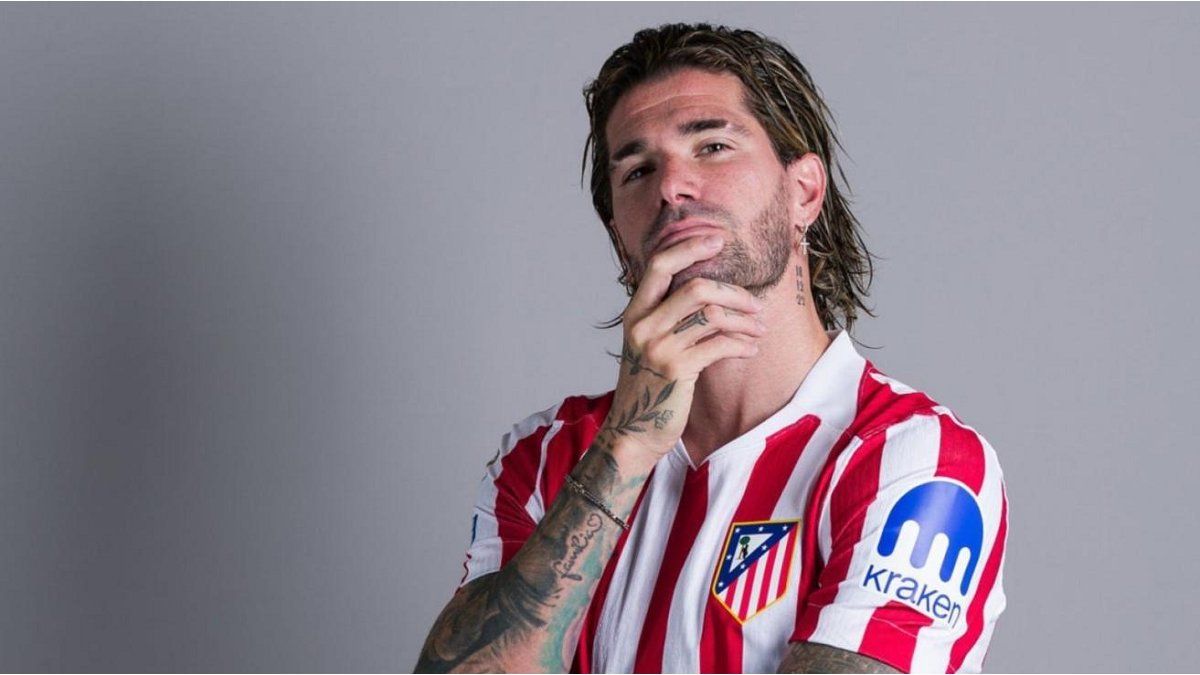It has been exactly ten years since Robin Williams passed away. It is high time to step up to the table in his honor.
It is difficult to summarize the life and work of Robin Williams (1951-2014) in a few lines. It is even more difficult when someone else has already done it perfectly. On August 11, 2014, the day of Williams’ death, then US President Barack Obama (63) wrote: “Robin Williams was an Air Force soldier, a doctor, a genie, a nanny, a president, a professor, a hyperactive Peter Pan and everything in between. But he was unique. He came into our lives as an alien – but in the end touched every aspect of the human spirit. He made us laugh. He made us cry. He gave his immense talent to those who needed it most.”
In fact, Williams’ acting range knew no bounds. The best example of this was the year 1997. That was when the infantile slapstick film “Flubber” was released, as well as the work that became Williams’ Oscar-winning masterpiece at the subsequent Academy Awards – “Good Will Hunting”. However, Williams had already proven that he could be an extremely expressive character actor; his first villain role took longer to come along. And he had to play the most challenging part in real life.
Williams, the Clown
Unlike most American stand-up comedians, Williams did not find his way onto television via the sketch show “Saturday Night Live”. “He came into our lives as an alien” – with this part of his obituary, Obama was referring to the series “Mork from Ork”, which was produced from 1978 to 1982 and represented Williams’ breakthrough as an actor. With his mixture of improvisational talent and exaggerated facial expressions and gestures, he established himself as a family-friendly clown. Elements of this debut role basically ran through his entire career.
At the side of the recently deceased Shelley Duvall (1949-2024), he became “Popeye – The Sailor with the Hard Punch” during “Mork from Orc”. Around ten years later, as the “prickly nanny” named Mrs. Doubtfire, he demonstrated not necessarily his cooking skills, but his transformation skills. He was forced to play “Jumanji” for decades and, as the voice of the blue genie, granted a certain Aladdin three wishes. And in “Hook” he discovered the immortal child within himself.
Williams, the character mime
What is so unusual is that Williams did not change genre at a certain point in his career, as was the case with many other actors – just think of the former comedy actor Bruce Willis (69), who matured into an action hero. Or “Mr. RomCom” Matthew McConaughey (54), who now almost only plays serious roles. No, Williams always changed the tone of his roles. Sometimes even within a film.
The best example of this is the 1987 film “Good Morning, Vietnam”, which earned Williams his first Oscar nomination. As an unconventional radio presenter in the midst of the Vietnam War, he tries to provide at least a little distraction from the cruel everyday life. Dealing with tragedy with humor – that’s what he did around ten years later as the title character (and real-life doctor) Patch Adams (79).
In 1990, he had already played a doctor in the haunting Parkinson’s drama “Awakenings” alongside Robert De Niro (80). During this phase of his career, Williams established himself as a serious character actor. Between “Good Morning, Vietnam” and “Awakenings,” he also played the lead role in Peter Weir’s (79) “Dead Poets Society.”
While “Good Morning, Vietnam”, “Good Morning, Vietnam” and 1992’s “The Fisher King” only earned him an Oscar nomination, Williams’s time came at the Academy Awards in 1998 – once again thanks to a part as a doctor. As widowed psychologist Sean Maguire, he only had a supporting role. Nevertheless, he stole the show from the two leading actors Matt Damon (53) and Ben Affleck (51) time and time again.
The moment when the Academy saw no way past him: With his partly improvised monologue about his deceased wife, he actually made his co-star Damon laugh and at the same time moved him to tears. “My wife always farted when she was nervous, even in her sleep. One time it was so loud that it even woke up the dog. She woke up and asked me: ‘Was that you?’ And I said yes. I didn’t have the heart to tell her the truth. She’s been dead for two years now and I remember the crap. They’re wonderful things, these little things. They’re the things I miss the most. These little idiosyncrasies that only I know about. That’s what made her my wife.”
Williams, the monster
In 2002, Williams took on roles that were unusual for him. In Christopher Nolan’s (54) crime drama “Insomnia” and in the psychological thriller “One Hour Photo,” he mutated into a manic stalker, and in the first-mentioned film even into a diabolical killer. He had played somewhat flimsy characters before. But for the first time, Williams proved that he could also portray profound characters that the audience didn’t feel like laughing at.
Williams, the human
But Williams’ most tragic role, as it turned out on August 11, 2014, was one he had to play in real life. Williams was very open about the fact that the star had fallen victim to various addictions over the course of his career and had been in treatment for them. However, he only revealed immediately after his suicide that he also suffered from severe depression and had to pretend to the world that he was in a radiantly good mood.
Williams was initially diagnosed with Parkinson’s disease before his death. However, after an autopsy it was determined that he suffered from a condition called Lewy Body Dementia (LBD), which can trigger and/or worsen depression and anxiety.
In a remarkable statement, his widow Susan Scheider Williams described around two years after his death how the illness had taken the love of her life and her “best friend” from her. “I just want to reboot my brain,” he often said to her before his death when he felt like he was “frozen” again or had a panic attack.
However, the revelation of the LKD disease through the autopsy also brought relief to Susan Scheider Williams. At least she had the certainty that “Robin was not crazy.” His increasingly pathological behavior was therefore the direct result of the “terrorist” in his brain – and therefore rationally explainable, however difficult it was. “When that was revealed, it was basically like finding out who killed my husband.” This must also have been at least a small consolation for Williams’ three children from two previous marriages.
How Robin Williams’ work touched people – and how much his sudden death shocked them – was made abundantly clear on August 12, 2014. Suddenly, presenter Caren Miosga (55) was no longer sitting at her table, she was standing on it. Just as the students paid respect to the character of Robin Williams at the end of “Dead Poets Society.” “Oh Captain, my Captain.”
Help with depression and suicidal thoughts is available from the telephone counseling service on the free number: 0800/111 0 111.
Source: Stern
I am an author and journalist who has worked in the entertainment industry for over a decade. I currently work as a news editor at a major news website, and my focus is on covering the latest trends in entertainment. I also write occasional pieces for other outlets, and have authored two books about the entertainment industry.




